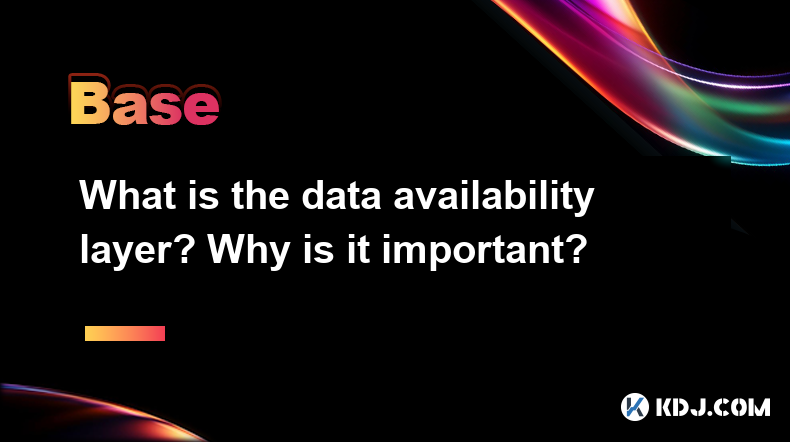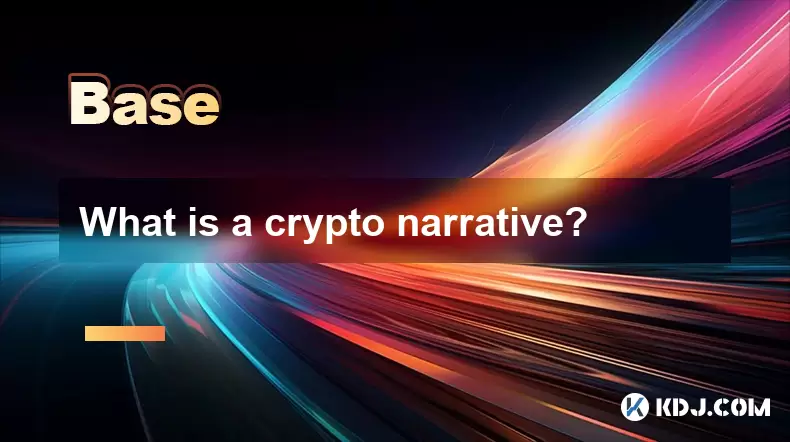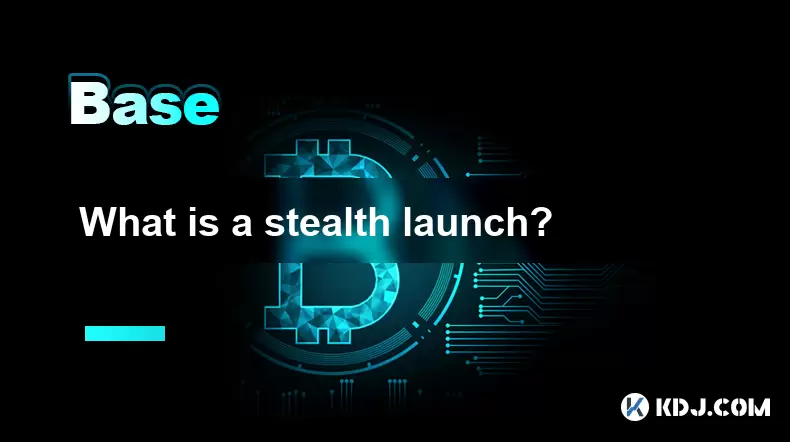-
 Bitcoin
Bitcoin $111,224.9244
2.14% -
 Ethereum
Ethereum $2,768.1538
6.24% -
 Tether USDt
Tether USDt $1.0004
0.01% -
 XRP
XRP $2.4145
4.70% -
 BNB
BNB $669.7397
1.61% -
 Solana
Solana $157.6369
4.43% -
 USDC
USDC $1.0001
0.00% -
 TRON
TRON $0.2900
0.74% -
 Dogecoin
Dogecoin $0.1816
6.40% -
 Cardano
Cardano $0.6245
6.26% -
 Hyperliquid
Hyperliquid $40.9396
5.66% -
 Sui
Sui $3.0660
5.87% -
 Bitcoin Cash
Bitcoin Cash $512.8008
2.65% -
 Chainlink
Chainlink $14.3127
2.98% -
 Stellar
Stellar $0.2872
11.40% -
 UNUS SED LEO
UNUS SED LEO $8.9797
-1.10% -
 Avalanche
Avalanche $19.4972
6.32% -
 Shiba Inu
Shiba Inu $0.0...01245
5.23% -
 Hedera
Hedera $0.1710
6.11% -
 Toncoin
Toncoin $2.8493
1.66% -
 Litecoin
Litecoin $90.9775
3.88% -
 Monero
Monero $326.4526
3.11% -
 Polkadot
Polkadot $3.6460
5.52% -
 Dai
Dai $1.0001
0.00% -
 Ethena USDe
Ethena USDe $1.0008
0.03% -
 Uniswap
Uniswap $8.4161
10.56% -
 Bitget Token
Bitget Token $4.3839
1.09% -
 Pepe
Pepe $0.0...01123
10.68% -
 Aave
Aave $304.1133
4.20% -
 Pi
Pi $0.4713
2.67%
What is the data availability layer? Why is it important?
Apr 11, 2025 at 05:00 pm

What is the Data Availability Layer?
The data availability layer is a crucial component of blockchain and distributed ledger technologies. It refers to the part of a blockchain system that ensures all participants have access to the data they need to verify transactions and maintain the integrity of the network. This layer is essential for maintaining the decentralized nature of blockchains, as it ensures that no single entity can control or withhold critical information.
In a blockchain, data availability means that all nodes on the network can access the necessary data to validate and process transactions. This includes transaction data, smart contract code, and other relevant information. The data availability layer works by distributing data across multiple nodes, ensuring redundancy and accessibility. Without this layer, the network could be vulnerable to attacks where data is withheld or manipulated, leading to a loss of trust and functionality.
Importance of the Data Availability Layer
The importance of the data availability layer cannot be overstated. It is the backbone that supports the decentralized and trustless nature of blockchain technology. Without a robust data availability layer, the entire system could collapse, as participants would not be able to independently verify transactions and other network activities.
One key reason the data availability layer is important is that it enhances security. By ensuring that data is available to all nodes, it becomes much harder for malicious actors to manipulate the network. If data were centralized or controlled by a few nodes, it would be easier for those nodes to alter or withhold information, leading to potential fraud or network disruption.
Another critical aspect is scalability. As blockchains grow and more transactions are processed, the data availability layer must efficiently handle increased data loads. A well-designed data availability layer can support higher transaction throughput and more complex operations, making the blockchain more useful and versatile.
Finally, the data availability layer is vital for maintaining decentralization. In a truly decentralized system, no single entity should have control over the data. The data availability layer ensures that all participants have equal access to the necessary information, preserving the democratic and open nature of the blockchain.
How the Data Availability Layer Works
The functioning of the data availability layer involves several key processes and technologies. At its core, the layer is responsible for storing and distributing data across the network. This is typically achieved through a combination of consensus mechanisms and data storage solutions.
Consensus Mechanisms: These are protocols that ensure all nodes agree on the state of the blockchain. They play a crucial role in the data availability layer by ensuring that data is consistently available and verifiable across the network. Examples include Proof of Work (PoW), Proof of Stake (PoS), and other variants.
Data Storage Solutions: Blockchain networks use various methods to store and distribute data. This can include on-chain storage, where all data is stored directly on the blockchain, or off-chain solutions like InterPlanetary File System (IPFS) or sidechains. The choice of storage solution impacts the efficiency and scalability of the data availability layer.
Data Sharding: To handle large volumes of data, some blockchains implement sharding, where data is split into smaller, manageable pieces. Each shard is processed by a subset of nodes, improving overall network performance and data availability.
Challenges and Solutions in the Data Availability Layer
Implementing an effective data availability layer comes with its own set of challenges. One major issue is data redundancy, where storing multiple copies of data across the network can lead to inefficiencies. Solutions to this include optimizing data storage and using more efficient consensus mechanisms.
Another challenge is data integrity, ensuring that the data available to all nodes is accurate and unaltered. Cryptographic techniques like hash functions and digital signatures are commonly used to verify data integrity. Additionally, regular audits and monitoring can help detect and prevent data tampering.
Scalability is also a significant challenge. As the number of transactions and users grows, the data availability layer must scale to meet demand without compromising performance. Techniques like layer-2 solutions, such as Lightning Network for Bitcoin, and sharding for Ethereum, are being developed to address these scalability issues.
Examples of Data Availability Layers in Popular Blockchains
Different blockchains implement the data availability layer in various ways, each with its unique approach and technology stack. Here are a few examples:
Bitcoin: Bitcoin's data availability layer is based on the blockchain itself, where all transaction data is stored on-chain. Nodes in the Bitcoin network maintain a full copy of the blockchain, ensuring data availability. The consensus mechanism, Proof of Work, plays a crucial role in maintaining data integrity and availability.
Ethereum: Ethereum uses a similar approach to Bitcoin, with all transaction and smart contract data stored on the blockchain. However, Ethereum is exploring sharding to improve scalability and data availability. Sharding will allow Ethereum to process data in parallel, reducing the load on individual nodes.
Polkadot: Polkadot uses a unique approach with its parachains and relay chain structure. The relay chain ensures data availability across the entire network, while parachains handle specific types of data and transactions. This modular approach allows for greater flexibility and scalability in the data availability layer.
Frequently Asked Questions
Q: How does the data availability layer affect transaction speed?
A: The data availability layer can significantly impact transaction speed. If the layer is efficient and well-designed, it can handle a higher throughput of transactions, leading to faster processing times. Conversely, if the data availability layer is bottlenecked or inefficient, it can slow down transaction speeds.
Q: Can the data availability layer be attacked, and how is it protected?
A: Yes, the data availability layer can be targeted by attacks such as data withholding or data corruption. Protection mechanisms include cryptographic techniques like hash functions and digital signatures, consensus mechanisms to ensure data integrity, and regular audits to detect and prevent tampering.
Q: What role does the data availability layer play in smart contracts?
A: The data availability layer is crucial for smart contracts as it ensures that the code and data required for contract execution are available to all nodes. This allows for the decentralized and transparent execution of smart contracts, maintaining their integrity and trustworthiness.
Q: How does the data availability layer contribute to the overall security of a blockchain?
A: The data availability layer enhances the security of a blockchain by ensuring that all nodes have access to the necessary data to verify transactions and other network activities. This distributed access makes it difficult for malicious actors to manipulate or withhold data, thereby protecting the network from fraud and disruption.
Clause de non-responsabilité:info@kdj.com
Les informations fournies ne constituent pas des conseils commerciaux. kdj.com n’assume aucune responsabilité pour les investissements effectués sur la base des informations fournies dans cet article. Les crypto-monnaies sont très volatiles et il est fortement recommandé d’investir avec prudence après une recherche approfondie!
Si vous pensez que le contenu utilisé sur ce site Web porte atteinte à vos droits d’auteur, veuillez nous contacter immédiatement (info@kdj.com) et nous le supprimerons dans les plus brefs délais.
-
 KEEP Échangez maintenant
KEEP Échangez maintenant$0.1142
52.83%
-
 ZBCN Échangez maintenant
ZBCN Échangez maintenant$0.0037
42.87%
-
 M Échangez maintenant
M Échangez maintenant$0.2817
36.89%
-
 MAGIC Échangez maintenant
MAGIC Échangez maintenant$0.1983
25.63%
-
 BANANAS31 Échangez maintenant
BANANAS31 Échangez maintenant$0.0232
22.27%
-
 USELESS Échangez maintenant
USELESS Échangez maintenant$0.2837
17.26%
- Nexbridge, Nexplace et l'écosystème Bitcoin: construire une nouvelle frontière financière
- 2025-07-09 23:10:13
- MEXC Launchpad & Pump Token: Saisissez une remise de 40%?
- 2025-07-09 22:50:12
- Révolution du système commercial: comment XDC et la fin des télécopies sont de remodeler les finances
- 2025-07-09 23:10:13
- Ripple, Clarity Act et The XRP Case: A New York Minute on Crypto Regulation
- 2025-07-09 23:50:12
- Pas de monnaie Rs 50? Delhi HC entend pourquoi l'Inde préfère les billets
- 2025-07-09 23:15:11
- Pas de monnaie Rs 50? Delhi HC entend pourquoi les billets de banque règnent suprême
- 2025-07-09 23:50:12
Connaissances connexes

What is a user-generated content (UGC) NFT platform?
Jul 04,2025 at 01:49pm
<h3>Understanding the Concept of a UGC NFT Platform</h3><p>A user-generated content (UGC) NFT platform is a digital marketplace or e...

What is composability in DeFi?
Jul 06,2025 at 04:07pm
<h3>Understanding the Concept of Composability in DeFi</h3><p>Composability in DeFi refers to the ability of decentralized finance p...

What is a "crypto primitive"?
Jul 05,2025 at 10:14pm
<h3>Defining the Concept of a Crypto Primitive</h3><p>In the context of blockchain and cryptocurrency, a crypto primitive refers to ...

What is a crypto narrative?
Jul 07,2025 at 10:56pm
<h3>Defining the Concept of a Crypto Narrative</h3><p>A crypto narrative refers to the overarching story or theme that drives intere...

What is a stealth launch?
Jul 08,2025 at 06:42am
<h3>What Exactly Defines a Stealth Launch in Cryptocurrency?</h3><p>A stealth launch refers to the practice of launching a cryptocur...

What is a fair launch?
Jul 05,2025 at 07:31pm
<h3>Understanding the Concept of a Fair Launch</h3><p>A fair launch refers to the release of a cryptocurrency or blockchain project ...

What is a user-generated content (UGC) NFT platform?
Jul 04,2025 at 01:49pm
<h3>Understanding the Concept of a UGC NFT Platform</h3><p>A user-generated content (UGC) NFT platform is a digital marketplace or e...

What is composability in DeFi?
Jul 06,2025 at 04:07pm
<h3>Understanding the Concept of Composability in DeFi</h3><p>Composability in DeFi refers to the ability of decentralized finance p...

What is a "crypto primitive"?
Jul 05,2025 at 10:14pm
<h3>Defining the Concept of a Crypto Primitive</h3><p>In the context of blockchain and cryptocurrency, a crypto primitive refers to ...

What is a crypto narrative?
Jul 07,2025 at 10:56pm
<h3>Defining the Concept of a Crypto Narrative</h3><p>A crypto narrative refers to the overarching story or theme that drives intere...

What is a stealth launch?
Jul 08,2025 at 06:42am
<h3>What Exactly Defines a Stealth Launch in Cryptocurrency?</h3><p>A stealth launch refers to the practice of launching a cryptocur...

What is a fair launch?
Jul 05,2025 at 07:31pm
<h3>Understanding the Concept of a Fair Launch</h3><p>A fair launch refers to the release of a cryptocurrency or blockchain project ...
Voir tous les articles

























































































